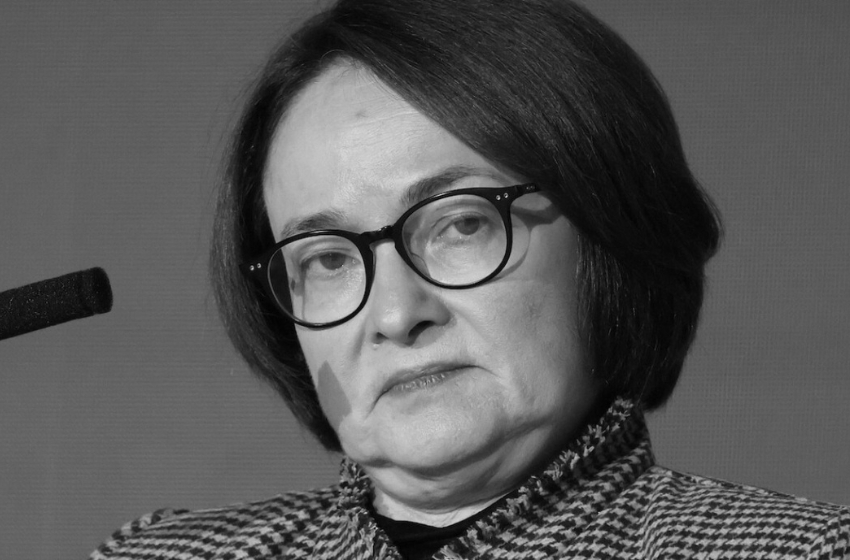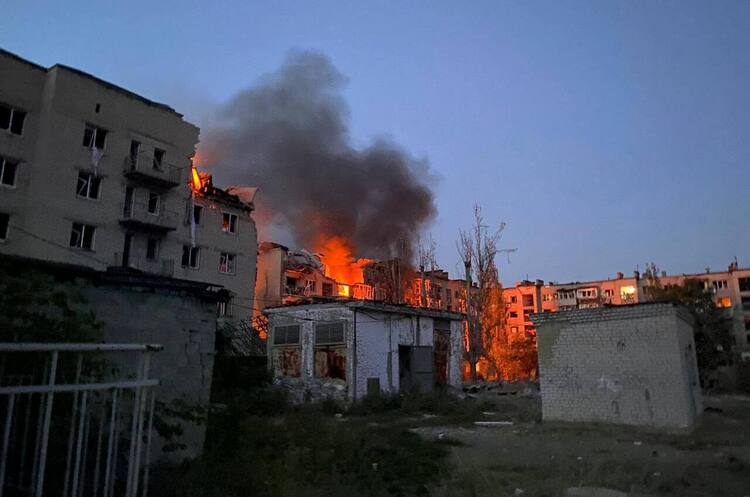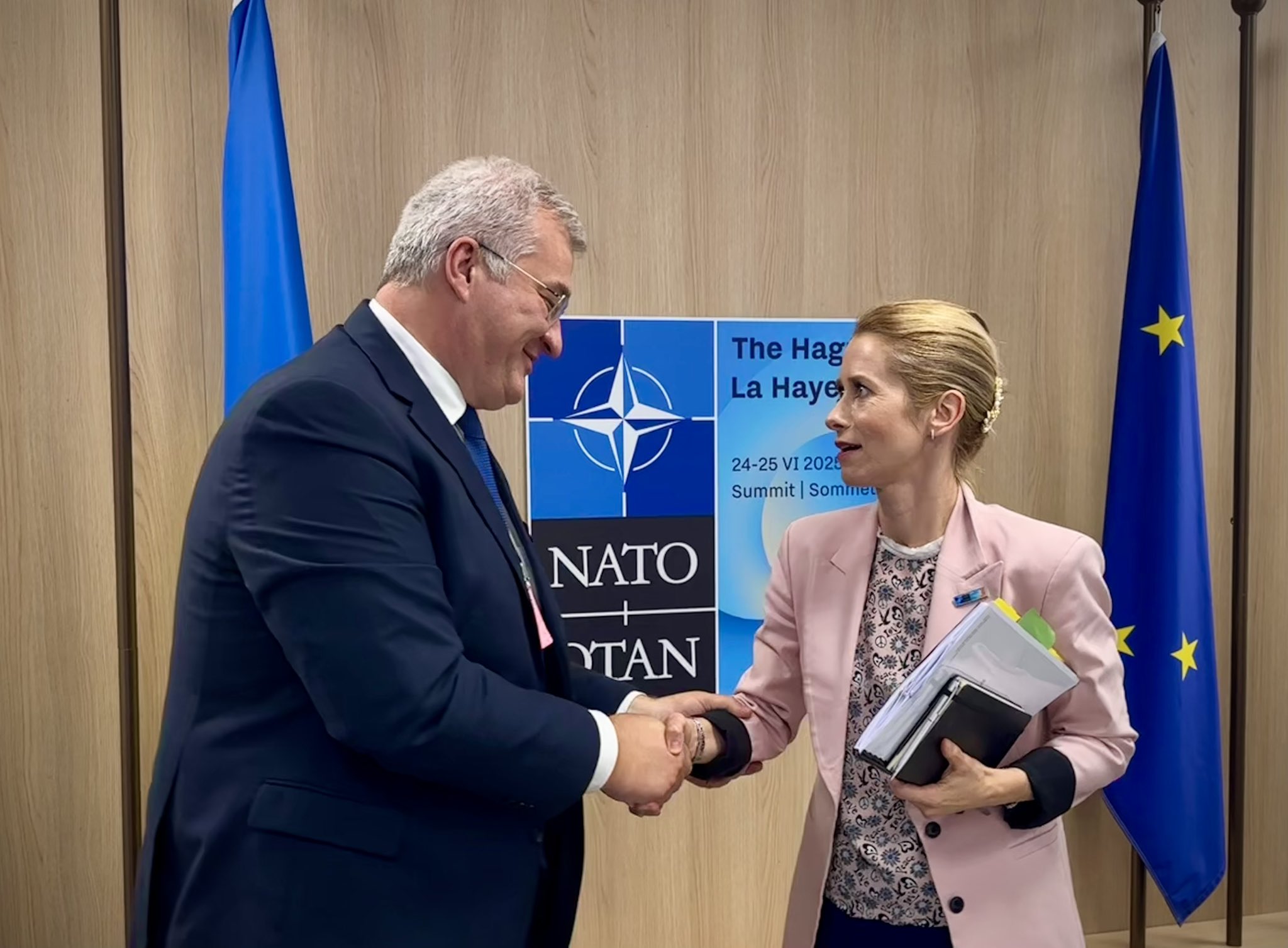For the first time since the mid-1990s, the Russian economy could contract for two consecutive years, inflation could spike to a 10-year high, households would be forced to sharply cut consumption, and businesses would drastically reduce investments.
These are the parameters outlined by the Central Bank of Russia (CBR) in its “risk scenario,” which assumes oil prices falling to $30–35 per barrel and intensified Western sanctions, writes The Moscow Times.
In this “risk” forecast, published in the CBR’s Main Directions of the Unified State Monetary Policy for 2026 and the 2027–2028 Periods, Russia’s GDP is expected to decline by 2.5–3.5% in 2026 and another 2–3% the following year. At its peak — in Q4 2026 — the contraction rate could reach 6–7%.
Under this scenario, the economy would lose $108 billion in export revenues in 2026 and another $51 billion in 2027, reducing total export earnings to $255 billion — the lowest level since 2005. By comparison, Russia earned $434 billion from exports last year and is projected to earn $414 billion this year, according to the CBR.
The “risk scenario” assumes intensified external trade conflicts, accelerated deglobalization, higher import tariffs worldwide than in the baseline scenario, and a sharp slowdown in the growth of major economies. Inflation could accelerate to 10.5–12.5% — the highest since 2005 — forcing the Central Bank to raise the key interest rate again to 17.5–19.5% in 2026 and 18–20% in 2027.
Households would have to tighten their belts: private consumption would fall by 0.5–1.5% in the first year of the crisis and then by 6–7% in the second year. Business investment would shrink drastically — by 11–13% in 2026 and another 5–7% in 2027.
“In addition to worsening trade conditions, increased sanctions pressure will expand the discount on Russian goods and reduce oil exports and production. Coupled with a significant drop in crude oil prices, this will lead to intensive use of the liquid part of the National Wealth Fund, creating a risk of rapid depletion of its resources by the end of 2026,” the Central Bank warns.
In these conditions, the government will be forced to implement a budget sequester, reducing expenditures in relative terms, the regulator notes.
In February, the Central Bank presented a confidential report to the government warning of the threat of a prolonged drop in oil prices due to plans by the United States and OPEC countries to increase production. OPEC’s spare capacity — 5 million barrels per day — currently allows for the complete replacement of all Russian oil on the global market. A similar precedent occurred in the mid-1980s, the Central Bank noted: at that time, Saudi Arabia tripled its oil production, causing global prices to collapse from $30 to $10–15. This triggered an acute currency crisis in the Soviet Union and, six years later, contributed to its bankruptcy and collapse.




















